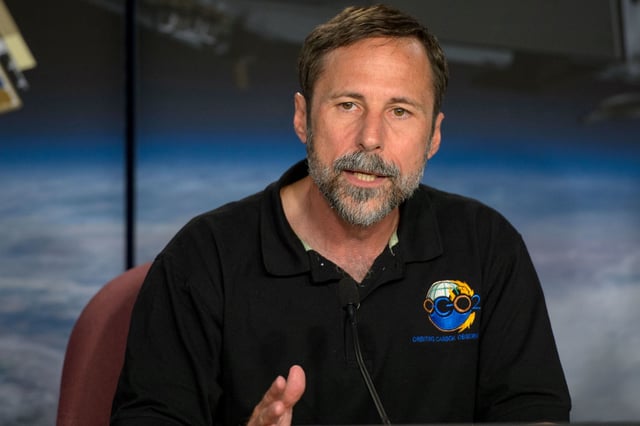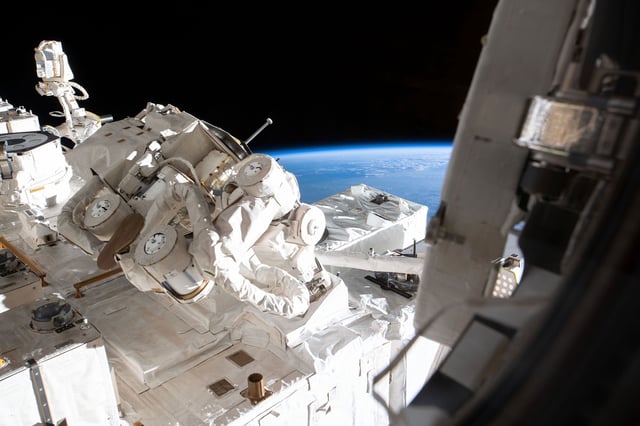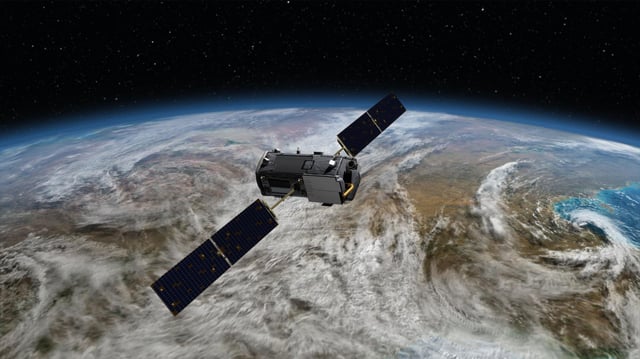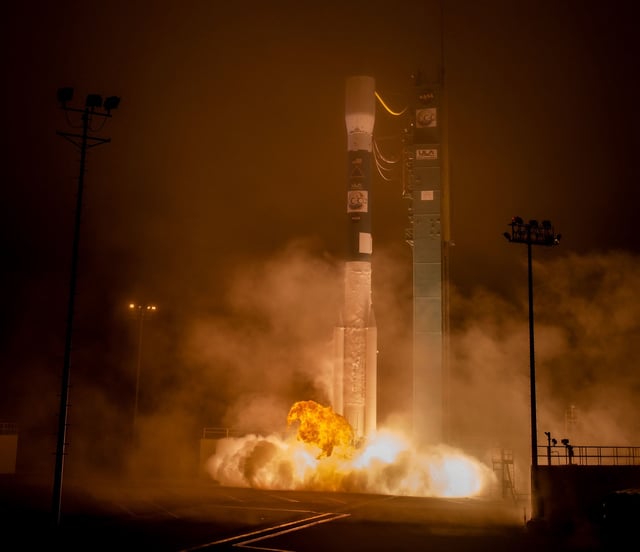Overview
- President Trump’s FY2026 NASA budget blueprint directs a shutdown of OCO-2 and OCO-3 starting next fiscal year
- NASA has begun formal Phase F closeout planning and is seeking private or international partners to maintain the ISS-mounted OCO-3
- Despite labeling the missions as “beyond their prime mission,” agency statements confirm both satellites remain in exceptionally high condition
- Annual operations cost about $15–16 million compared with roughly $750 million sunk in development and launch
- Experts warn that ending the missions would sever critical links in global CO₂ and photosynthesis monitoring, hampering climate research and agricultural forecasting



